Write More Pythonic Code
Learning Path ⋅ Skills: Best Practices, Writing Idiomatic Python

With this learning path you’ll get a guided tour through Python’s most valuable best practices so you can write clean, readable, and Pythonic code.
Additional Resources
Write More Pythonic Code
Learning Path ⋅ 14 Resources
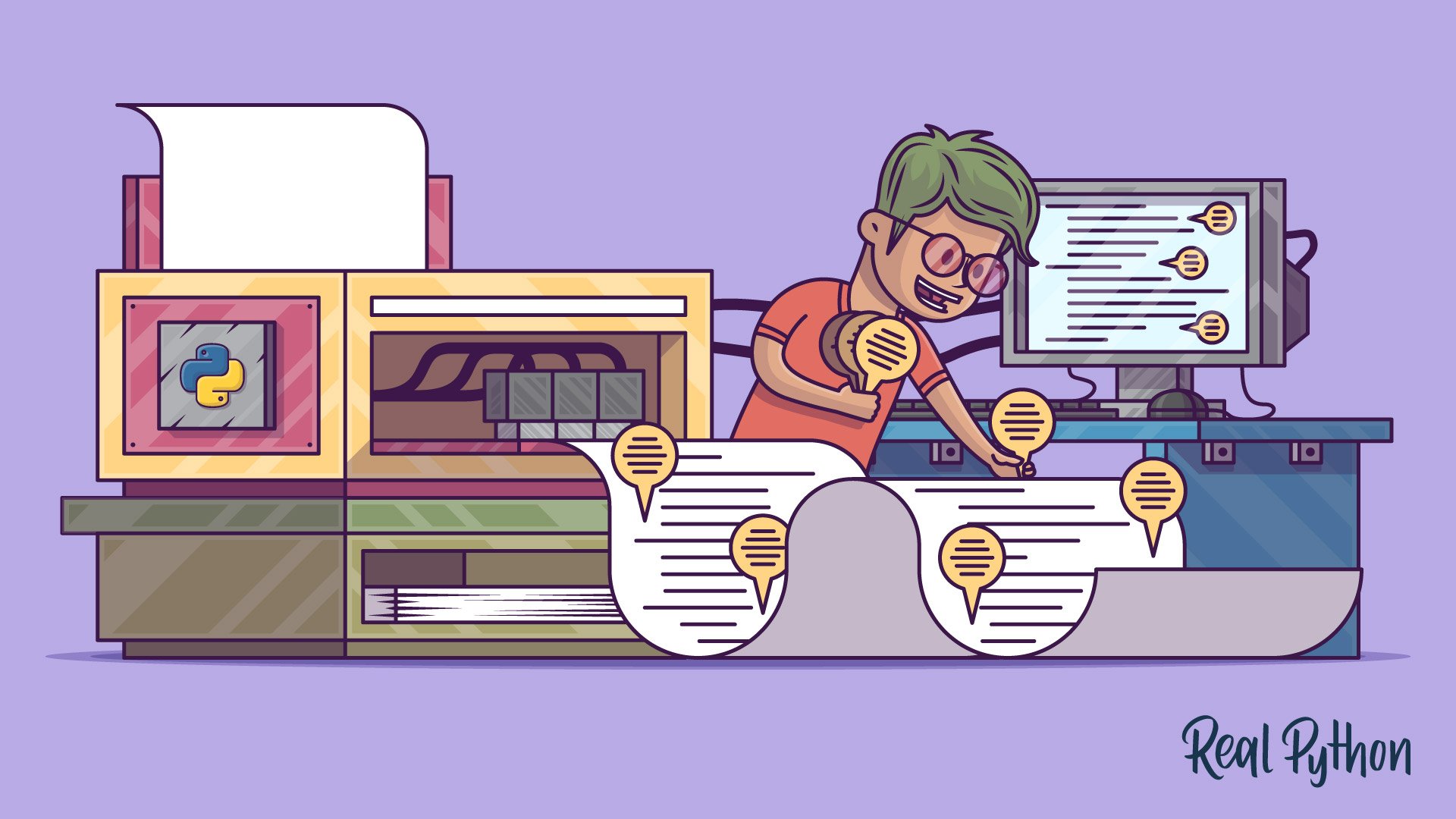
Course
Writing Comments in Python
Learn how to write Python comments that are clean, concise, and useful. Quickly get up to speed on what the best practices are, which types of comments it's best to avoid, and how you can practice writing cleaner comments.
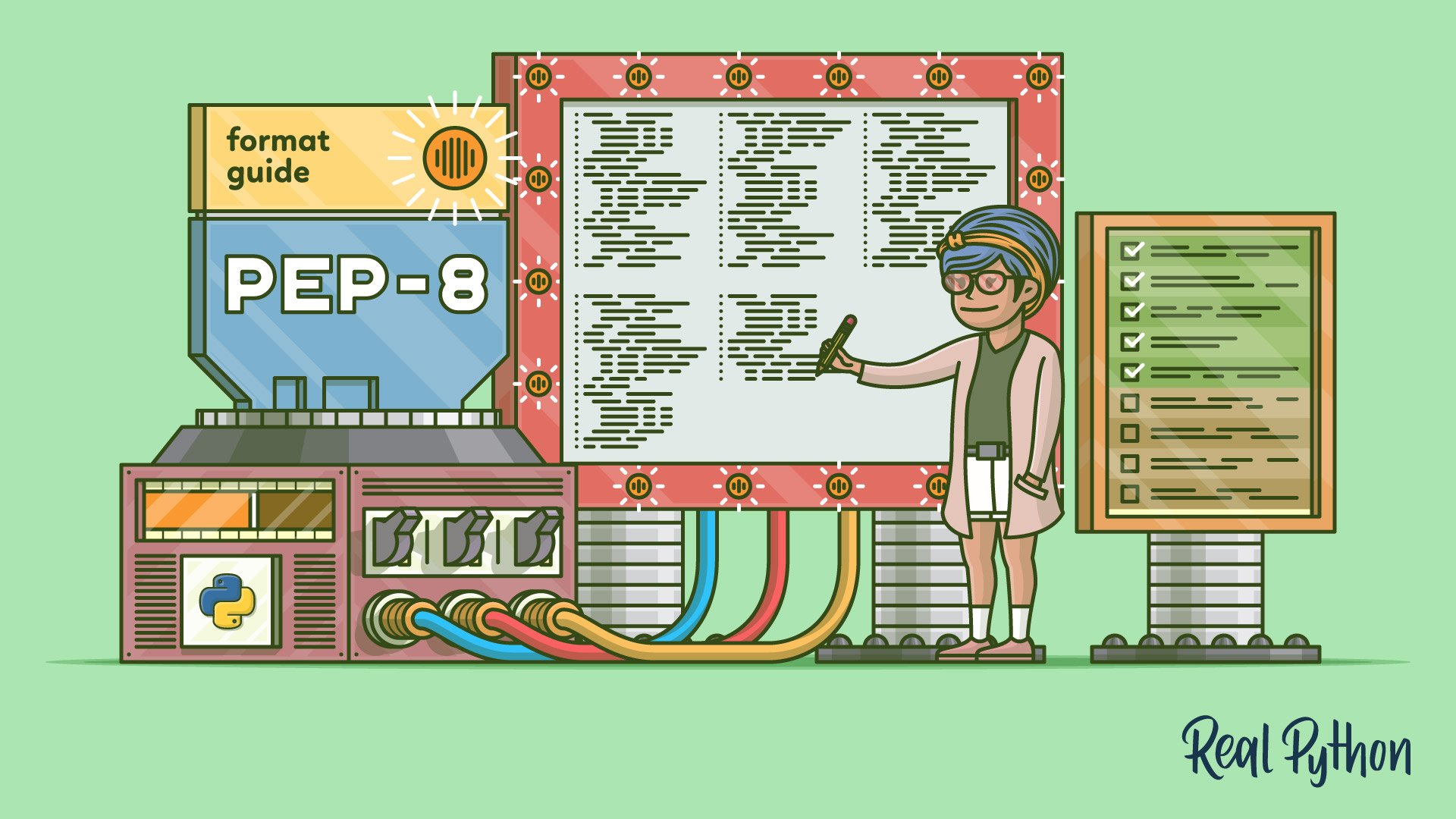
Course
Writing Beautiful Pythonic Code With PEP 8
Learn how to write high-quality, readable code by using the Python style guidelines laid out in PEP 8. Following these guidelines helps you make a great impression when sharing your work with potential employers and collaborators. This course outlines the key guidelines laid out in PEP 8. It's aimed at beginner to intermediate programmers.

Course
How to Write Pythonic Loops
See how you can make your loops more Pythonic if you're coming to Python from a C-style language. You'll learn how you can get the most out of using range(), xrange(), and enumerate(). You'll also see how you can avoid having to keep track of loop indexes manually.
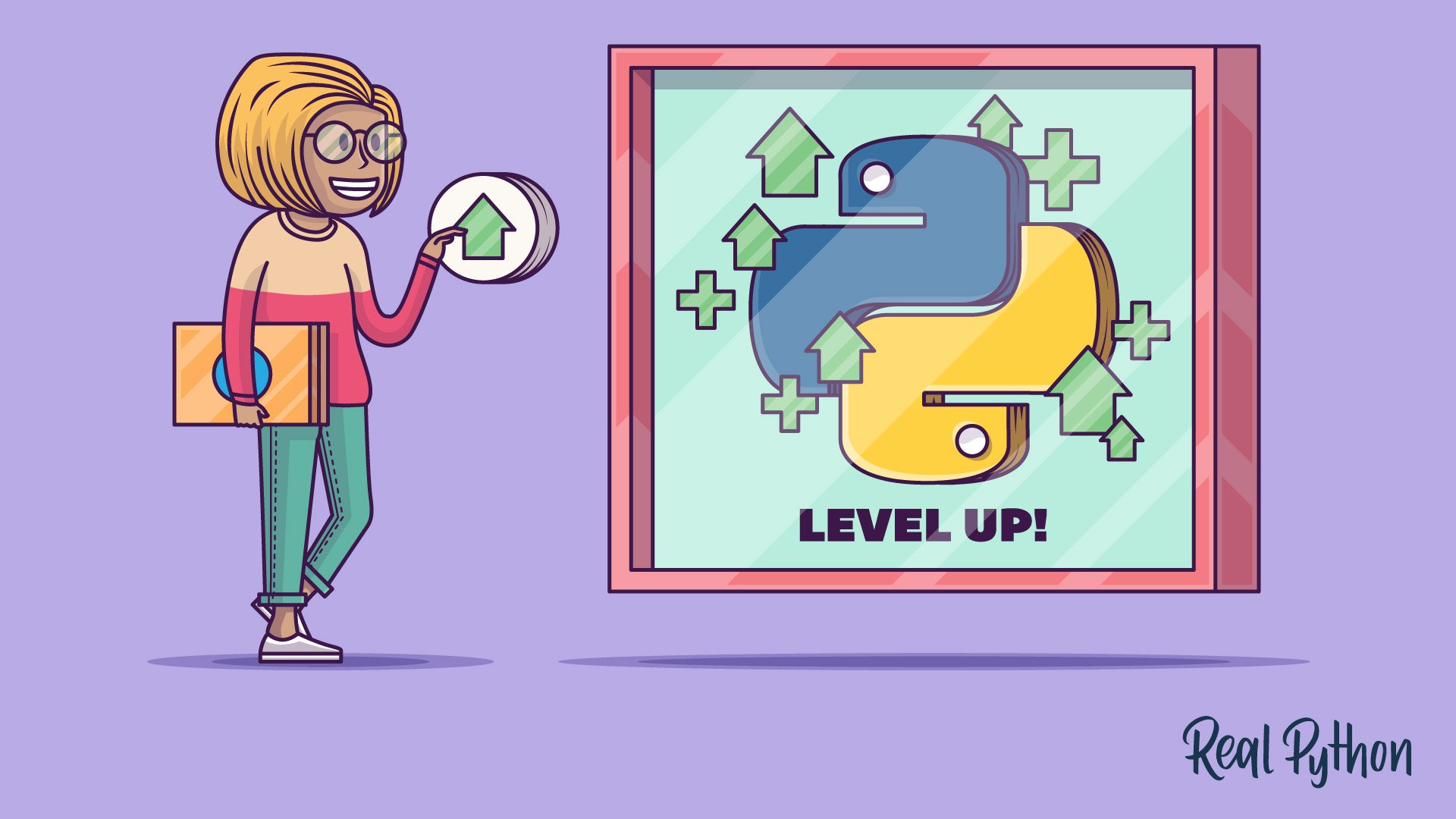
Course
Using List Comprehensions Effectively
This short course breaks down Python list comprehensions for you step by step. See how Python's comprehensions can be transformed from and to equivalent "for"-loops so you'll know exactly what's going on behind the scenes.
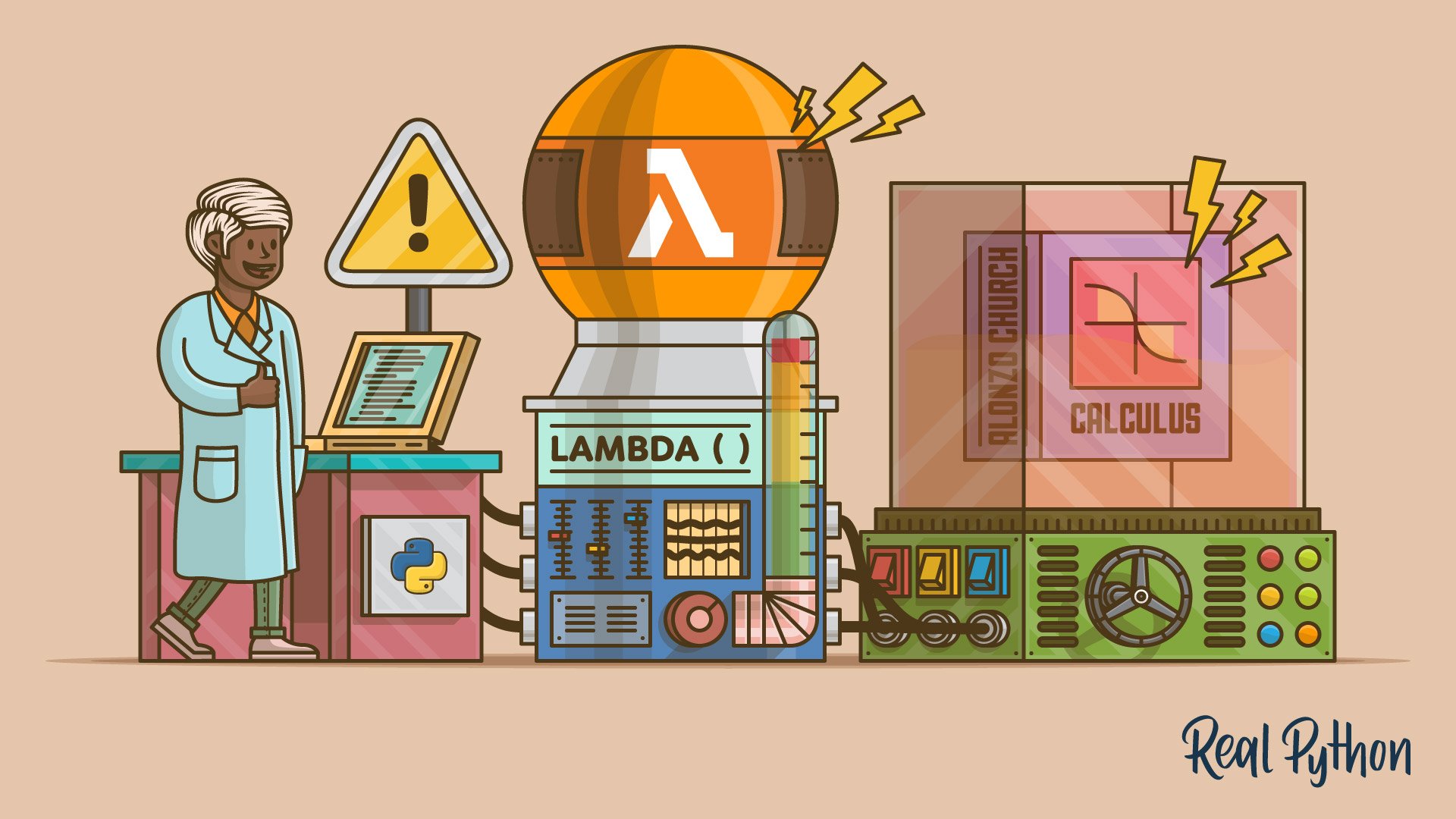
Course
How to Use Python Lambda Functions
Learn about Python lambda functions. You'll see how they compare with regular functions and how you can use them in accordance with best practices.

Course
Writing Idiomatic Python
What are the programming idioms unique to Python? This course is a short overview for people coming from other languages and an introduction for beginners to the idiomatic practices within Python. You'll cover truth values, looping, DRY principles, and the Zen of Python.

Course
Python 3's F-Strings: An Improved String Formatting Syntax
As of Python 3.6, f-strings are a great new way to format strings. Not only are they more readable, more concise, and less prone to error than other ways of formatting, but they are also faster! By the end of this course, you'll know how and why to start using f-strings today.
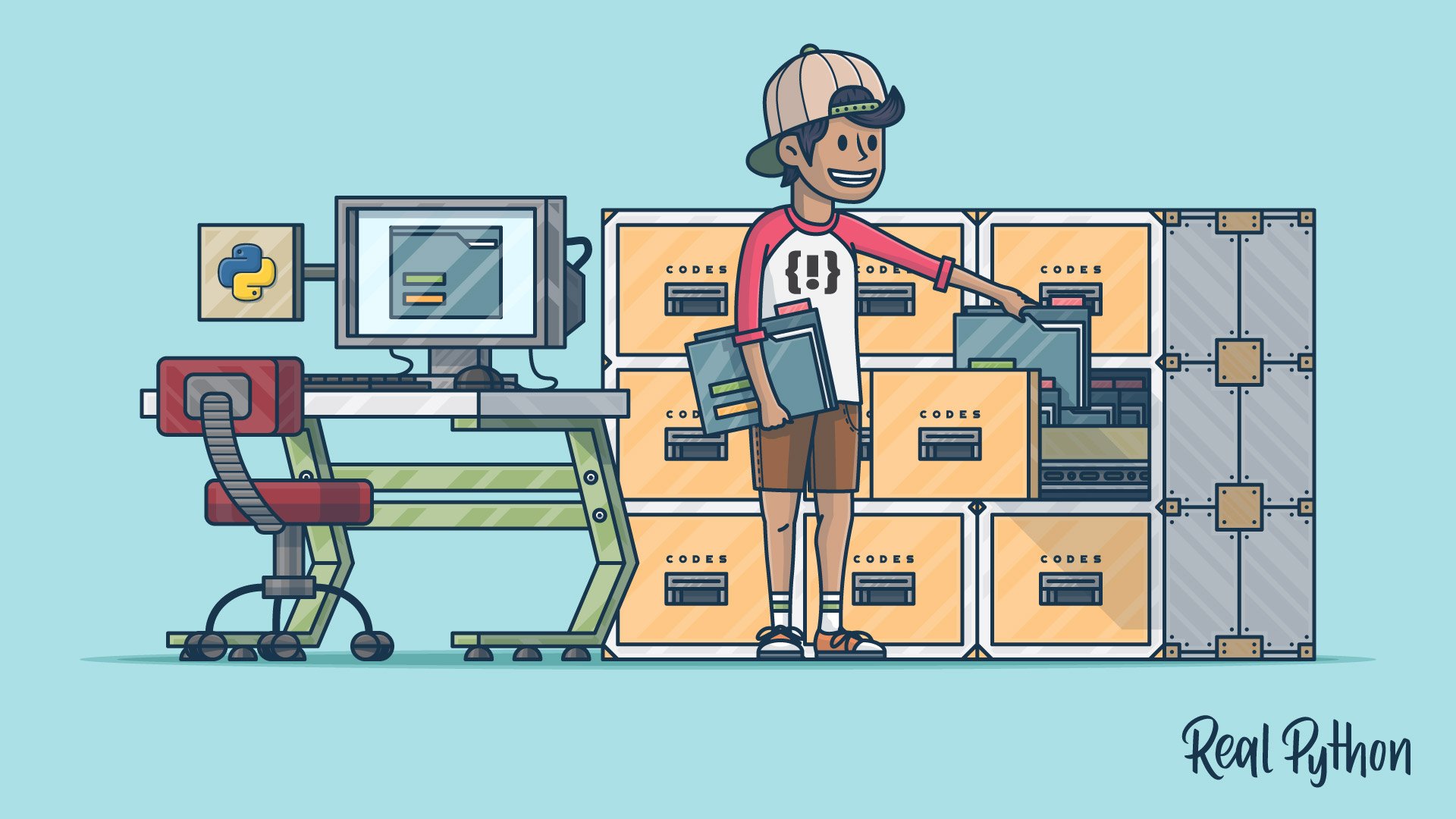
Course
Documenting Python Code: A Complete Guide
Whether you're documenting a small script or a large project, whether you're a beginner or seasoned Pythonista, this guide will cover everything you need to know.

Tutorial
Refactoring Python Applications for Simplicity
Learn how to refactor your Python application to be simpler and more maintainable and have fewer bugs. You'll cover code metrics, refactoring tools, and common anti-patterns.

Course
Structuring a Python Application
This course is a reference guide to common Python application layouts and project structures for command-line applications, web applications, and more.
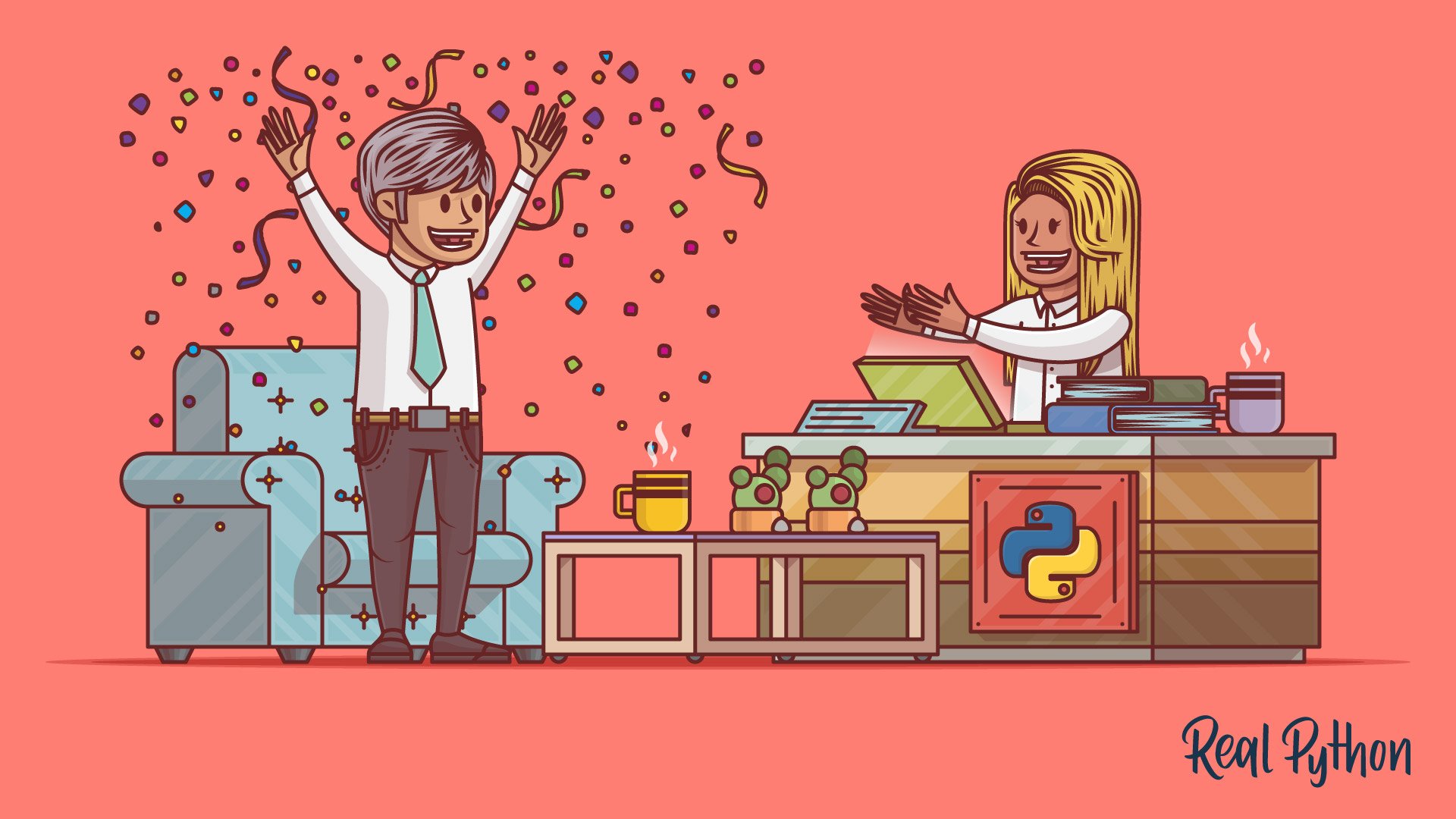
Course
How to Stand Out in a Python Coding Interview
Learn how to take your Python coding interview skills to the next level and use Python's built-in functions and modules to solve problems faster and more easily.

Tutorial
Python Code Quality: Tools & Best Practices
See how to improve the quality of your Python code. We'll analyze and compare tools you can use to take your code to the next level and make it more Pythonic. Whether you've been using Python for a while, or just beginning, you can benefit from the practices and tools talked about here.

Course
Writing Cleaner Python Code With PyLint
See how to install and set up the PyLint code linter tool. You'll learn why you should use code linters like PyLint, Flake8, PyFlakes, or other static analysis tools—and how they can help you write cleaner and more Pythonic code.

Course
Python Type Checking
In this course, you'll look at Python type checking. Traditionally, types have been handled by the Python interpreter in a flexible but implicit way. Recent versions of Python allow you to specify explicit type hints that can be used by different tools to help you develop your code more efficiently.
Got feedback on this learning path?
Looking for real-time conversation? Visit the Real Python Community Chat or join the next “Office Hours” Live Q&A Session. Happy Pythoning!